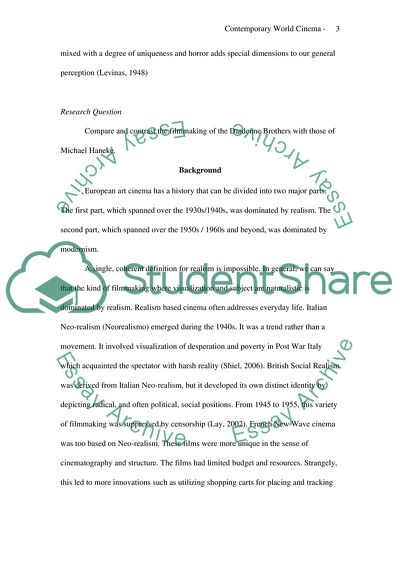Cite this document
(“Contemporary World Cinema Essay Example | Topics and Well Written Essays - 1750 words”, n.d.)
Retrieved from https://studentshare.org/visual-arts-film-studies/1436322-contemporary-world-cinema
Retrieved from https://studentshare.org/visual-arts-film-studies/1436322-contemporary-world-cinema
(Contemporary World Cinema Essay Example | Topics and Well Written Essays - 1750 Words)
https://studentshare.org/visual-arts-film-studies/1436322-contemporary-world-cinema.
https://studentshare.org/visual-arts-film-studies/1436322-contemporary-world-cinema.
“Contemporary World Cinema Essay Example | Topics and Well Written Essays - 1750 Words”, n.d. https://studentshare.org/visual-arts-film-studies/1436322-contemporary-world-cinema.


